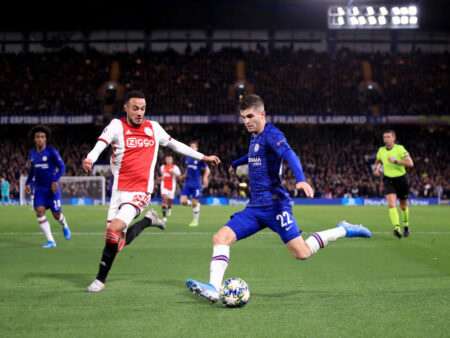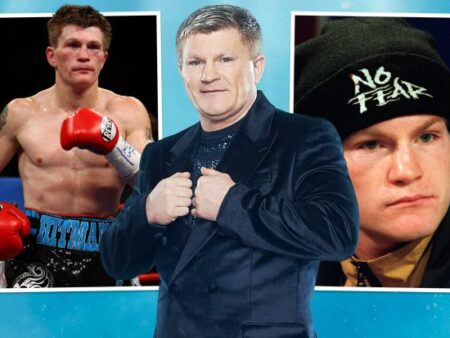
In the pantheon of combat sports, where resilience is worshipped and pain is an occupational hazard, certain moments transcend mere competition. They become stark, visceral reminders of the human body`s limits and the sheer destructive power achievable within the confines of a ring or octagon. Few have witnessed this spectrum of triumph and trauma as intimately as Joe Rogan, the veteran UFC commentator and podcast titan. With decades of ringside experience under his belt, Rogan has seen it all – broken bones, gruesome cuts, and knockouts that render fighters instantly unconscious. Yet, even for him, one particular injury stands out as “the most gruesome” he has ever encountered. It`s a story that defies the typical narrative of athletic prowess, delving instead into a realm where the lines between sport and severe trauma blur.
The Confrontation: A Clash in the Cage
The incident Rogan refers to unfolded on a summer night in July 2016 at Bellator 158, a mixed martial arts event held in London. The combatants were two men renowned for their aggressive styles: Michael “Venom” Page, an explosive British striker known for his flamboyant, almost taunting approach, and Evangelista “Cyborg” Santos, a seasoned Brazilian veteran with a reputation for unwavering toughness. The bout was a highly anticipated clash of generations and styles – Page, the rising star, against Santos, the battle-hardened warrior. The atmosphere was electric, a typical setting for the raw drama that only live combat can provide, yet few could have predicted the sheer brutality that was about to transpire.
The Impact: A Moment Frozen in Time
As the fight progressed, Page, true to his moniker, stalked his opponent with calculated “venom.” Then, in a moment that would etch itself into MMA lore, he launched a flying knee with surgical precision. The impact was immediate and devastating. Santos crumpled to the canvas, his body reacting to a force that had gone beyond simply knocking him out. What followed was a spectacle of stark contrasts: Page, celebrating with a choreographed Pokémon ball throw, seemingly unaware of the profound damage he had just inflicted, while “Cyborg” lay writhing, a testament to an agony that transcended the typical post-knockout disorientation.
The Aftermath: When Sport Becomes Trauma
The visible aftermath of Page`s knee was horrifying. Evangelista Santos`s forehead displayed a clear, concave depression – his skull had been fractured and caved in. This wasn`t merely a cut or a bruise; it was a structural compromise of one of the body`s most critical protective elements. Medics attending to Santos were reportedly stunned. As Page himself recounted later on Rogan`s podcast, doctors stated they had “only ever seen that in a car accident, never in MMA.” This comparison is not hyperbole; it is a clinical assessment that underscores the sheer kinetic energy transferred and absorbed by Santos`s skull. The injury was so severe that “Cyborg” Santos, despite his warrior spirit, was forced to retire from the sport, his career brought to an abrupt and brutal end by a single, perfectly timed strike.
Rogan`s Reflection: A Veteran`s Witness
Rogan’s recollection of the injury paints a vivid picture of its severity.
“That’s the most gruesome injury I’ve ever seen,” he stated, his voice carrying the weight of years spent observing the most intense physical contests. “I’ve seen a lot of broken bones, but I’ve never seen someone with a caved-in head.”— Joe Rogan
His description of the sound – “It sounds like a baseball bat on a pumpkin” – is chillingly evocative, leaving little doubt about the catastrophic nature of the blow. For someone who has narrated countless exchanges of brutal force, this particular incident clearly left an indelible mark, serving as a benchmark for extreme physical trauma in his professional experience.
The Broader Implications: The Human Cost of Combat
This incident, while an outlier in its extreme visibility, serves as a poignant reminder of the inherent risks woven into the fabric of combat sports. Fighters willingly step into the octagon, fully aware of the potential for concussions, broken limbs, and internal injuries. Yet, a caved-in skull, likened by medical professionals to injuries sustained in high-impact vehicular collisions, pushes the boundaries of acceptable risk and resilience. It forces a conversation, however uncomfortable, about the fine line between athletic competition and potentially life-altering trauma. While safety protocols have vastly improved over the years, the fundamental nature of striking arts means such catastrophic events, however rare, remain a looming possibility. It’s a testament to the iron will of these athletes that they continue to pursue excellence in a field where such severe consequences are an ever-present shadow.
Michael “Venom” Page`s Ongoing Journey
In the years since that pivotal night, Michael “Venom” Page has continued his trajectory as a top-tier mixed martial artist, eventually transitioning to the UFC in 2024. His career has been marked by thrilling performances and a distinctive fighting style, proving his lasting impact on the sport. Yet, the image of that night at Bellator 158, and the devastating injury inflicted upon “Cyborg” Santos, remains a powerful and sobering footnote in his otherwise spectacular highlight reel. It is a moment that encapsulates the duality of combat sports: the awe-inspiring athleticism juxtaposed with the stark, often brutal, consequences.
Conclusion: An Enduring Image
The story of Evangelista “Cyborg” Santos`s skull injury, as recalled by Joe Rogan, is more than just a shocking anecdote; it`s a profound narrative embedded within the annals of MMA. It speaks to the incredible power of the human body, both to inflict and to endure, and the relentless pursuit of victory that defines these athletes. It also serves as a somber reflection on the unforgiving nature of a sport where, occasionally, the intensity of competition yields outcomes that challenge our understanding of athletic injury, leaving behind scars both physical and metaphorical, and memories that even the most seasoned observers cannot easily forget.









